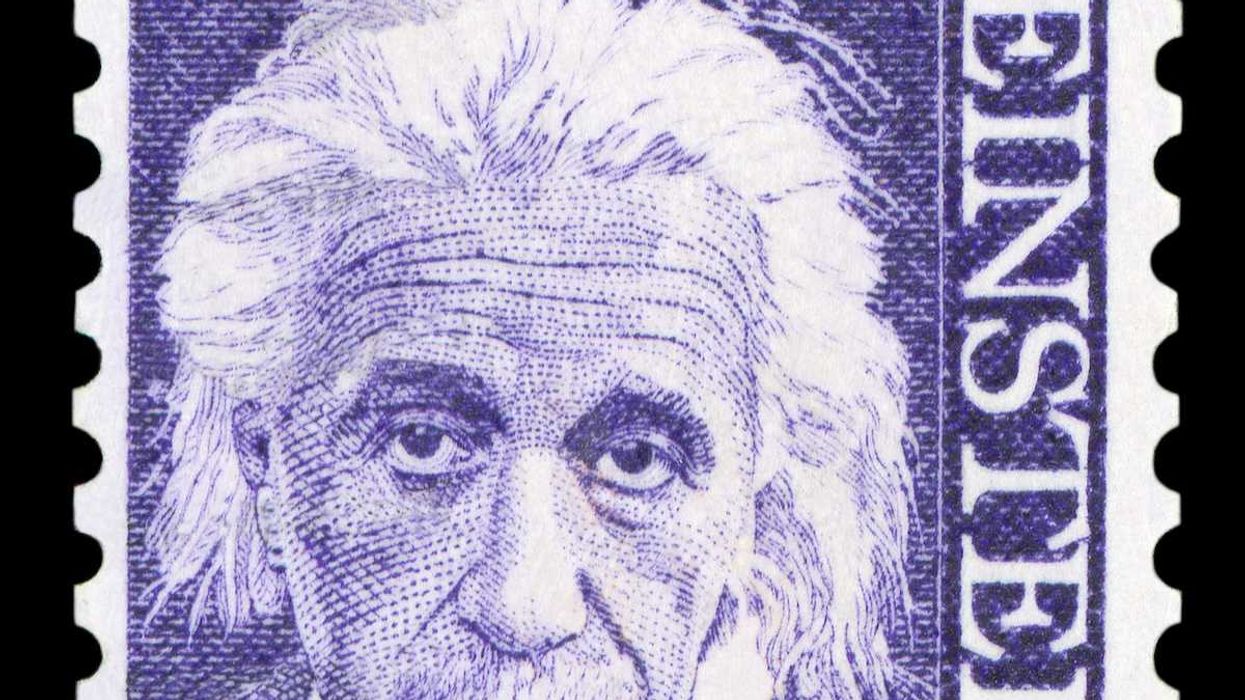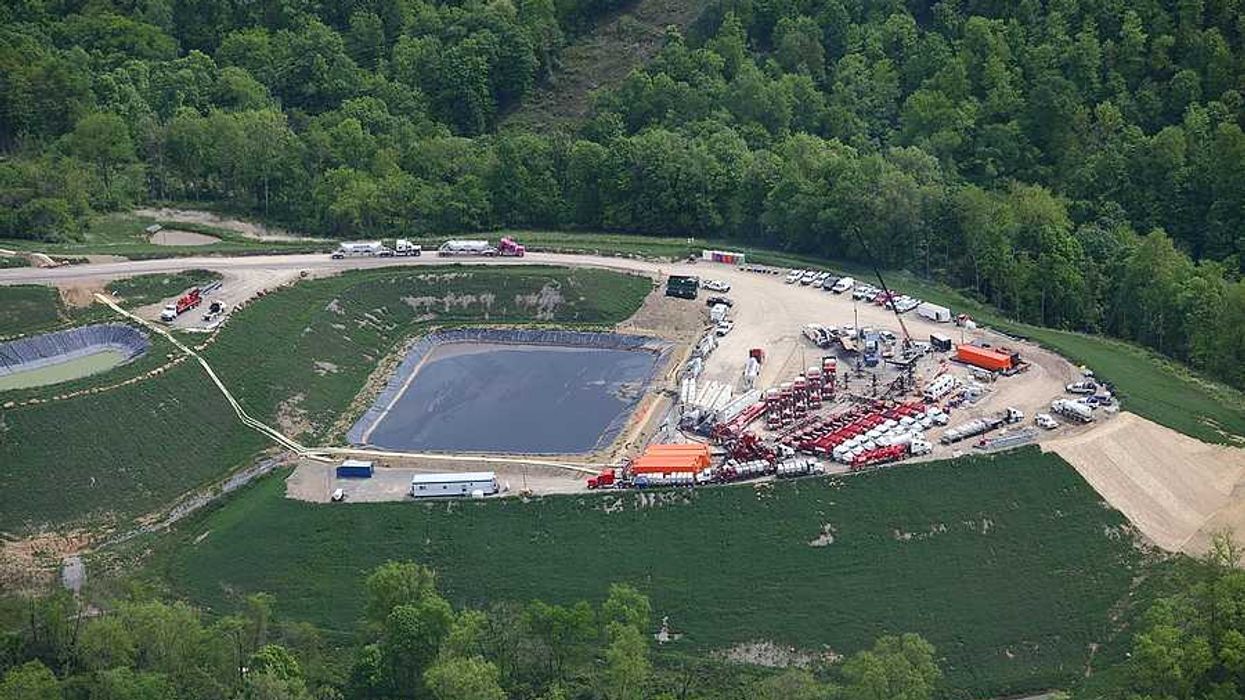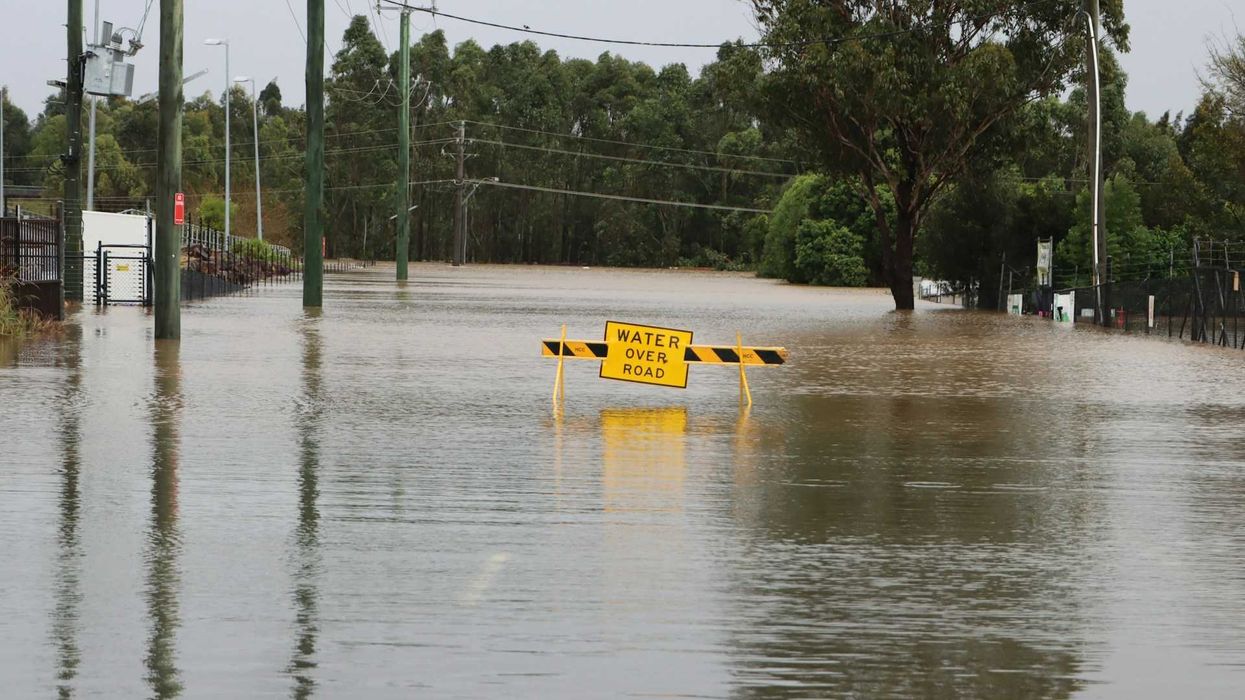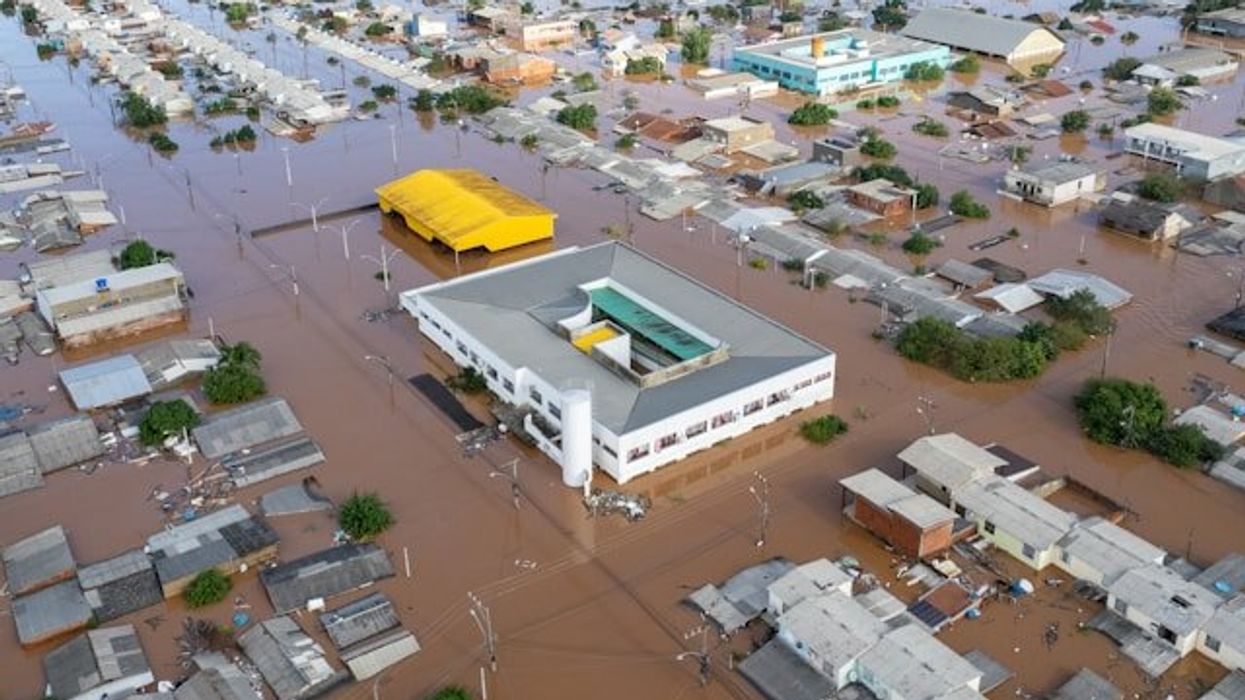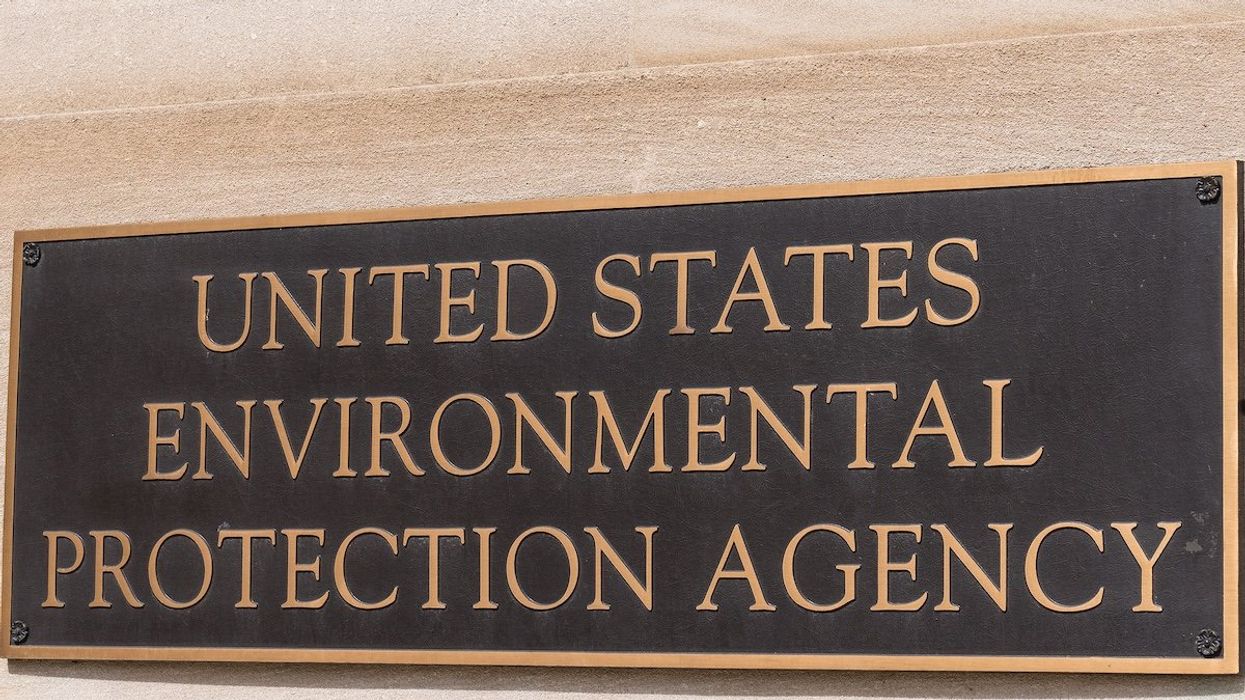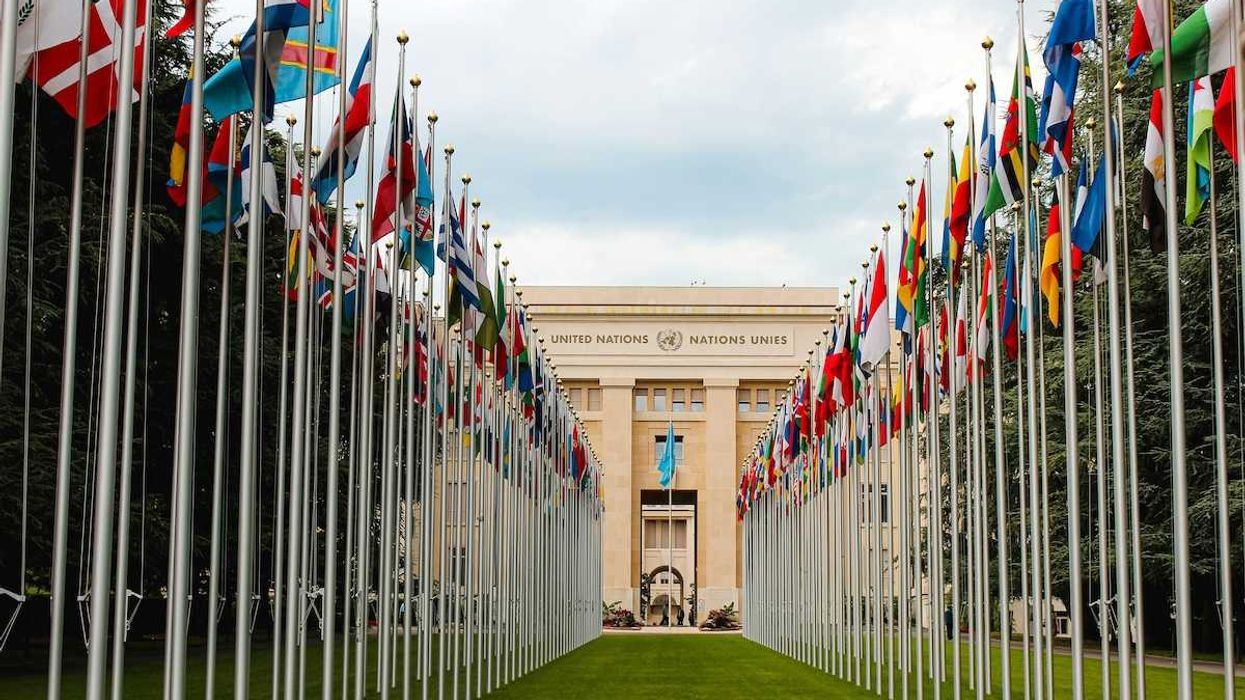Americans are facing a surge in preventable disease risks as sweeping federal cuts dismantle key public health programs, gutting local departments and ending years of progress in outbreak prevention.
Laura Ungar and Michelle R. Smith report for The Associated Press.
In short:
- The Trump administration eliminated $11 billion in federal public health funding, leading to tens of thousands of layoffs and the abrupt termination of vaccine, disease surveillance, and outreach programs across the country.
- Local health departments in cities like Charlotte, Columbus, and Nashville have lost critical staff and resources, leaving them unable to respond adequately to surging measles and whooping cough cases.
- Further proposed cuts could slash the CDC’s budget in half, threatening long-term capacity to prevent disease, monitor public health threats, and educate communities.
Key quote:
“We’re facing funding cliff after funding cliff after funding cliff.”
— Dr. Sara Cody, Santa Clara County, California, health director
Why this matters:
Public health systems test water, trace disease outbreaks, vaccinate children, and detect viral mutations before they become pandemics. When these systems falter, the effects ripple through hospitals, schools, and homes. Communities face rising rates of infectious disease, longer response times to emergencies, and the return of illnesses once thought vanquished. The recent elimination of federal funding guts the infrastructure that supports basic prevention efforts, especially in underserved communities. These cuts come at a moment when the U.S. is experiencing its deadliest measles outbreak in decades and growing concern over the spread of bird flu.
Related: Harvard’s public health school faces layoffs and funding chaos after federal grant freeze






